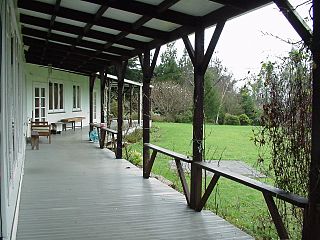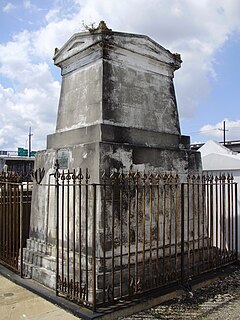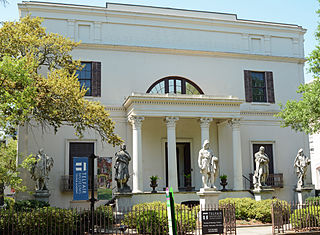This article needs additional citations for verification .(October 2010) (Learn how and when to remove this template message) |
Pitot House | |
| Location | 1440 Moss St., New Orleans, Louisiana |
|---|---|
| Coordinates | 29°58′54″N90°5′21″W / 29.98167°N 90.08917°W Coordinates: 29°58′54″N90°5′21″W / 29.98167°N 90.08917°W |
| Area | 0.2 acres (0.081 ha) |
| Architectural style | Colonial |
| NRHP reference # | 71000360 [1] |
| Added to NRHP | September 28, 1971 |
The Pitot House is a historic landmark in New Orleans, Louisiana, and is listed on the National Register of Historic Places.
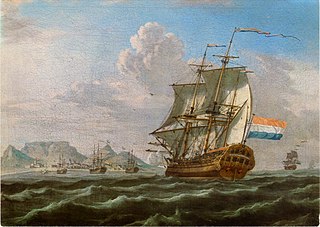
A landmark is a recognizable natural or artificial feature used for navigation, a feature that stands out from its near environment and is often visible from long distances.

New Orleans is a consolidated city-parish located along the Mississippi River in the southeastern region of the U.S. state of Louisiana. With an estimated population of 393,292 in 2017, it is the most populous city in Louisiana. A major port, New Orleans is considered an economic and commercial hub for the broader Gulf Coast region of the United States.
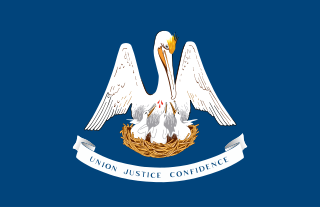
Louisiana is a state in the Deep South region of the South Central United States. It is the 31st most extensive and the 25th most populous of the 50 United States. Louisiana is bordered by the state of Texas to the west, Arkansas to the north, Mississippi to the east, and the Gulf of Mexico to the south. A large part of its eastern boundary is demarcated by the Mississippi River. Louisiana is the only U.S. state with political subdivisions termed parishes, which are equivalent to counties. The state's capital is Baton Rouge, and its largest city is New Orleans.
Contents

The Pitot House is an 18th-century Creole colonial country home located at 1440 Moss Street in New Orleans, Louisiana. The Pitot House is currently owned by the Louisiana Landmark Society, which uses the building as its headquarters. The house is situated on Bayou St. John and was moved several blocks from its original site in order to prevent its demolition.

Louisiana Creole people, are persons descended from the inhabitants of colonial Louisiana during the period of both French and Spanish rule. The term creole was originally used by French settlers to distinguish persons born in Louisiana from those born in the mother country or elsewhere. As in many other colonial societies around the world, creole was a term used to mean those who were "native-born", especially native-born Europeans such as the French and Spanish. It also came to be applied to African-descended slaves and Native Americans who were born in Louisiana. Louisiana Creoles share cultural ties such as the traditional use of the French and Louisiana Creole languages and predominant practice of Catholicism.

Colonialism is the policy of a nation seeking to extend or retain its authority over other people or territories, generally with the aim of opening trade opportunities. The colonizing country seeks to benefit from the colonized country or land mass. In the process, colonizers imposed their religion, economics, and medicinal practices on the natives. Some argue this was a positive move toward modernization, while other scholars counter that this is an intrinsically Eurocentric rationalization, given that modernization is itself a concept introduced by Europeans. Colonialism is largely regarded as a relationship of domination of an indigenous majority by a minority of foreign invaders where the latter rule in pursuit of its interests.

A country is a region that is identified as a distinct entity in political geography. A country may be an independent sovereign state or part of a larger state, as a non-sovereign or formerly sovereign political division, or a geographic region associated with sets of previously independent or differently associated people with distinct political characteristics. Regardless of the physical geography, in the modern internationally accepted legal definition as defined by the League of Nations in 1937 and reaffirmed by the United Nations in 1945, a resident of a country is subject to the independent exercise of legal jurisdiction. There is no hard and fast definition of what regions are countries and which are not.




